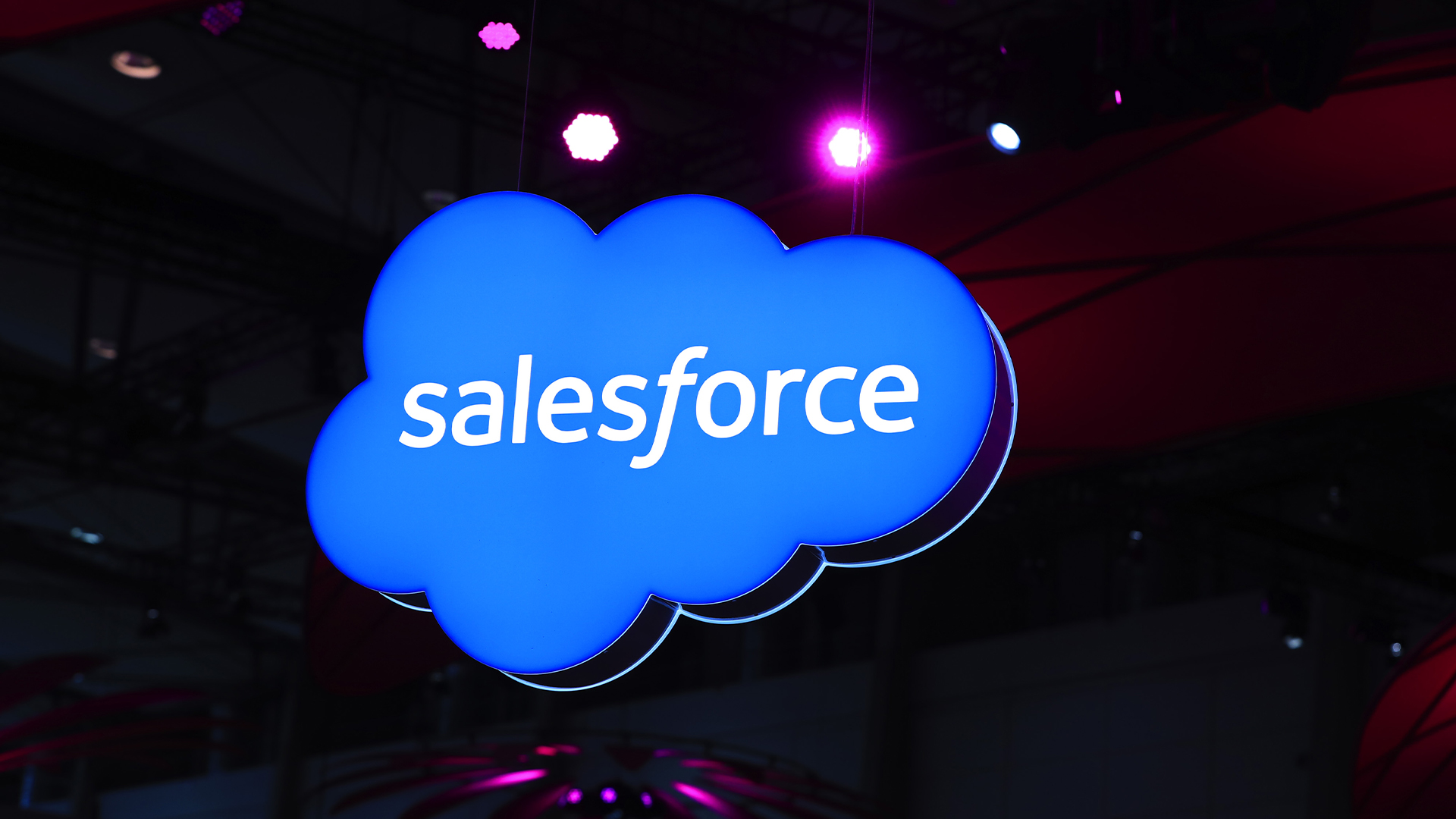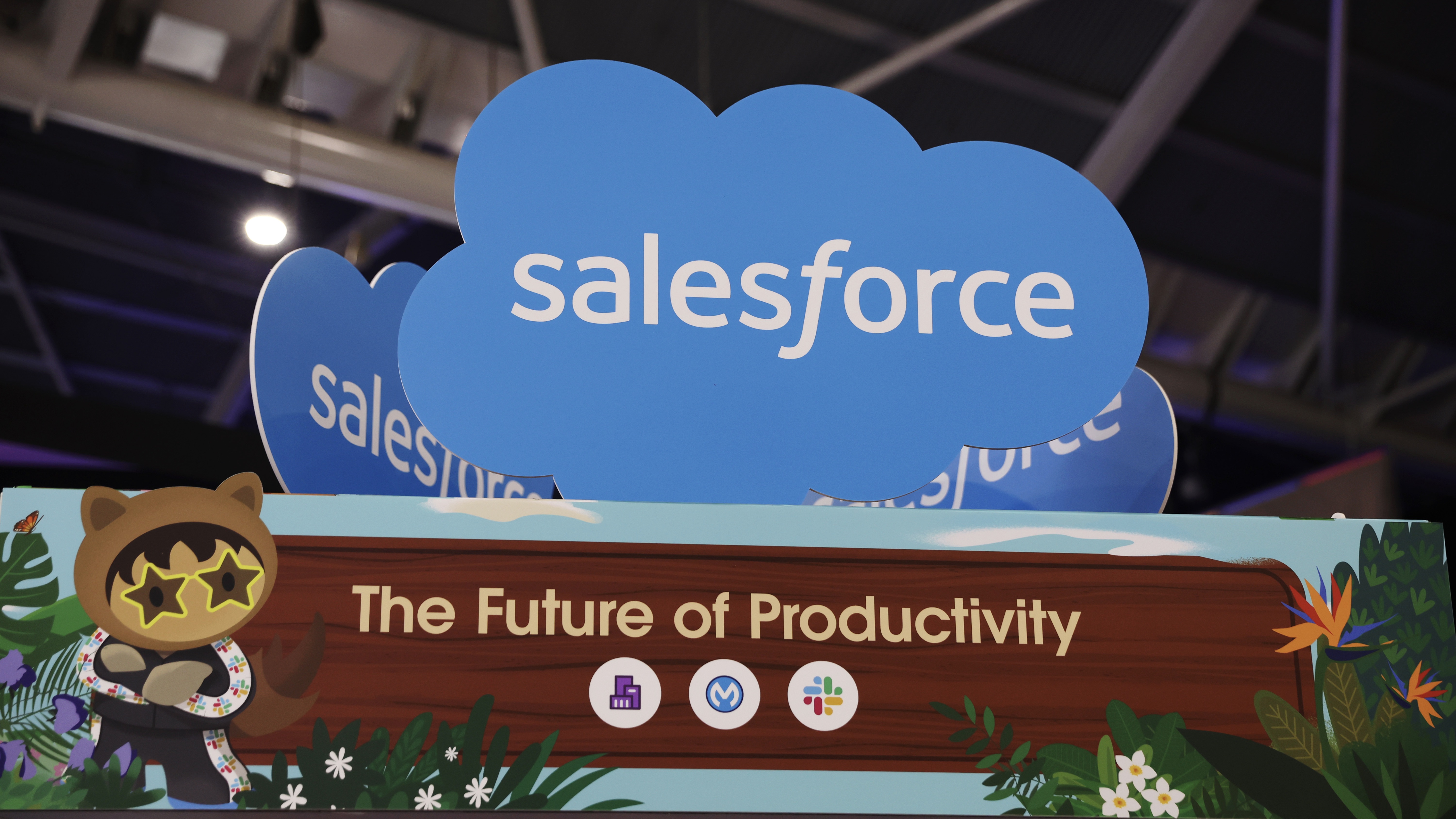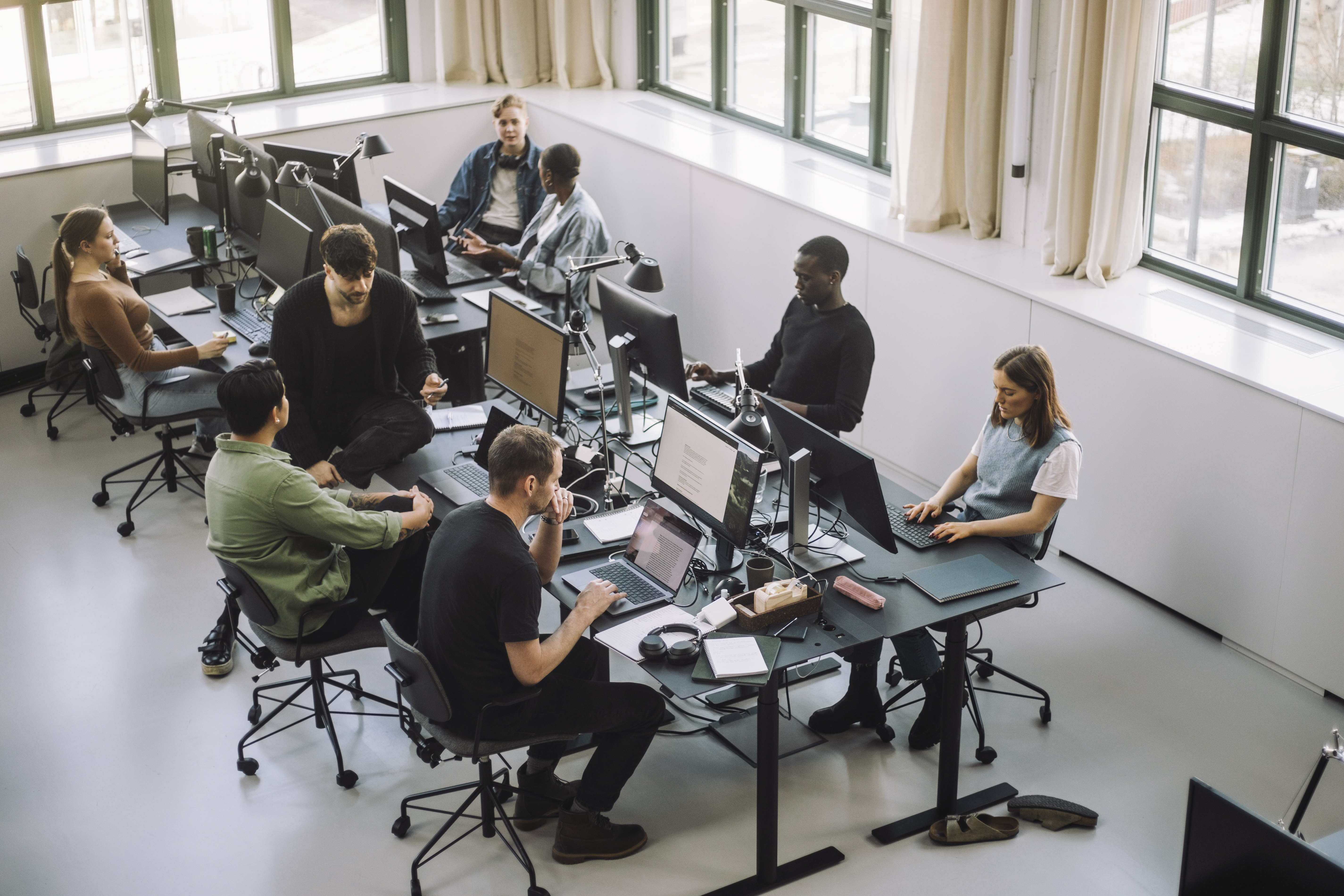Data silos are still blocking the path to digital transformation success
A successful digital transformation strategy hinges on businesses having a robust data infrastructure - and many IT leaders don’t think their organizations are up to scratch


Data silos remain a key hurdle to digital transformation success, new research shows, with IT leaders bemoaning outdated infrastructure and disparate data sets as a lingering challenge.
Software company MuleSoft’s 9th annual Connectivity Benchmark Report polled 1,050 IT decision makers around the world on their investments in IT and the struggles they contend with to achieve digital transformation goals.
Virtually every IT leader (98%) reported they were facing challenges regarding their digital transformation efforts.
Of these challenges, 81% of IT decision makers said the biggest barrier blocking their organization from meeting digital transformation targets was data siloing.
Jamil Ahmed, distinguished engineer at middleware company Solace, told ITPro data silos are holding companies back from getting a clear picture of their data consumption, representing an antiquated organizational system.
“The challenge companies face in accurately measuring data consumption lies in overcoming the mass amounts of siloed data within their system,” Ahmed said.
“These data silos not only worsen productivity but also bury these insights, compiled into a mountain of data that is difficult to identify and analyze. Data silos are a result of organizational infrastructure built for a bygone era, one with limited technological adoption, and limited pathways for dataflows. Over time these have created complex organizational barriers.”
Get the ITPro daily newsletter
Sign up today and you will receive a free copy of our Future Focus 2025 report - the leading guidance on AI, cybersecurity and other IT challenges as per 700+ senior executives
Mikael Kopteff, CTO at software development consultancy Reaktor, echoed Ahmed’s comments, noting that disparate data sets and the silo effect has been a long-running challenge for IT leaders to overcome.
“From employees’ unwillingness to learn, to siloing potentially usable data into places they cannot access, IT leaders have faced an enormous number of blocks when it comes to digital transformation.”
Digital transformation relies on the “unification of data”
Leaders believe businesses need to implement a smarter approach to unifying unstructured and structured business data, the research revealed.
Kopteff emphasized the important role data has in any businesses digital transformation.
“Almost all digital transformation hinges on data, it is one thing not having the data to begin with, but it is another to not be able to utilize a wealth of data to inform future decisions. Businesses can achieve significant improvement by carefully analyzing past mistakes and learning from them.”
Just under two thirds of respondents said their organization isn’t yet equipped to harmonize its data systems in order to leverage AI tools, impeding the overarching digital transformation.
RELATED RESOURCE

Learn the 5 steps to delivering engaging digital experiences across every touchpoint
DOWNLOAD NOW
Organizations need to have a robust data integration strategy in order to deploy technologies such as artificial intelligence (AI) and edge computing, which will be core components of any digital transformation.
This is significant because it means businesses are unable to harness the productivity benefits AI can unlock. For example, 85% of IT leaders said they expect AI to increase developer productivity at their organizations over the next three years.
Speaking to ITPro, James Fisher, chief strategy officer at business analytics specialist Qlik, claimed optimizing their data infrastructure should be a priority for businesses looking to benefit from new technologies such as generative AI.
“Businesses now need to focus on optimizing their data fabric in order to embrace AI fully, and break down silos to ensure data from different sources can be combined and made available for analysis” Fisher said.
“Supporting the variety and veracity of data needed for gen AI will put new burdens on current architectures as organizations seek to make efficient and better decisions and fuel reliable and responsible AI use. In short, we need to get data out of silos and go from big data, to better data to support AI”.
Siloing also creates cultural barriers to digital transformation
Julie Smith, director of data analytics at software company Alation, suggested data siloing can also have a detrimental effect on employee attitudes towards data, ultimately creating further setbacks for a company’s digital transformation ambitions.
“Organizational structure and its underlying company culture play significant roles in the formation of data silos. When individual departments cultivate distinct data cultures and perspectives on data sharing, it can foster an environment of mistrust and reluctance to collaborate across departmental lines, exacerbating the issue of data silos,” she said.
“When teams lack confidence in consistently and properly managing their data, it becomes challenging to encourage effective data sharing throughout the organization. This ‘silo mentality’ not only leads to the creation of information silos but also significantly affects both data culture and performance.
“This environment hinders collaborative efforts and can negatively impact the overall efficacy and productivity of the organization.”
Smith said IT leaders should make a combined effort to address both data siloing and data literacy at their organization.
“The data leaders who successfully nurture a data-centric mindset and remove data silos will not only drive innovation and agility but also gain a competitive edge in their markets and, in turn, take their business on a successful digital transformation journey.”

Solomon Klappholz is a former staff writer for ITPro and ChannelPro. He has experience writing about the technologies that facilitate industrial manufacturing, which led to him developing a particular interest in cybersecurity, IT regulation, industrial infrastructure applications, and machine learning.
-
 Bigger salaries, more burnout: Is the CISO role in crisis?
Bigger salaries, more burnout: Is the CISO role in crisis?In-depth CISOs are more stressed than ever before – but why is this and what can be done?
By Kate O'Flaherty Published
-
 Cheap cyber crime kits can be bought on the dark web for less than $25
Cheap cyber crime kits can be bought on the dark web for less than $25News Research from NordVPN shows phishing kits are now widely available on the dark web and via messaging apps like Telegram, and are often selling for less than $25.
By Emma Woollacott Published
-
 Salesforce planning more job cuts amid AI hiring push
Salesforce planning more job cuts amid AI hiring pushNews Salesforce is planning to cut around 1,000 roles, marking the third batch of layoffs in as many years.
By Nicole Kobie Published
-
 High wire acts, Microsoft Clippy, and DIY AI at Dreamforce 2024
High wire acts, Microsoft Clippy, and DIY AI at Dreamforce 2024Analysis Salesforce announced a major new service at Dreamforce 2024 – just don’t compare it to Microsoft in front of Marc Benioff
By Ross Kelly Published
-
 Salesforce targets gains with AI voice agents in latest acquisition
Salesforce targets gains with AI voice agents in latest acquisitionThe move is set to bolster voice-based AI customer service solutions in Salesforce’s portfolio of offerings
By George Fitzmaurice Published
-
 Dark clouds won't dampen Salesforce's optimistic AI push
Dark clouds won't dampen Salesforce's optimistic AI pushAnalysis Salesforce reiterated its data-focused plan for AI at World Tour London, as it pitched its future against a backdrop of investor concern
By George Fitzmaurice Published
-
 The UK job market is saturated with AI roles, with one-third of all ads seeking AI-savvy staff
The UK job market is saturated with AI roles, with one-third of all ads seeking AI-savvy staffNews A sharp increase in demand for AI roles is being driven by heightened adoption rates and efforts to plug skills gaps
By George Fitzmaurice Published
-
 The state of Salesforce 2023-24
The state of Salesforce 2023-24whitepaper Who is creating more value from the Salesforce platform - and how?
By ITPro Last updated
-
 Salesforce and Google confirm Workspace integration in partnership extension
Salesforce and Google confirm Workspace integration in partnership extensionNews The integration of Salesforce and Google Workspace aims to allow users to harness data from both platforms and drive productivity
By Ross Kelly Published
-
 The state of Salesforce 2022-2023
The state of Salesforce 2022-2023Whitepaper Unlocking the next wave of business value
By ITPro Published
